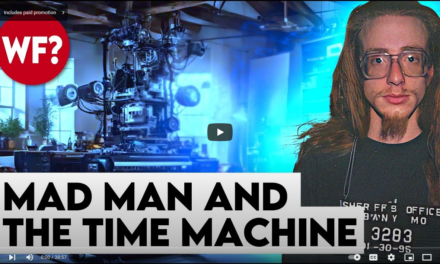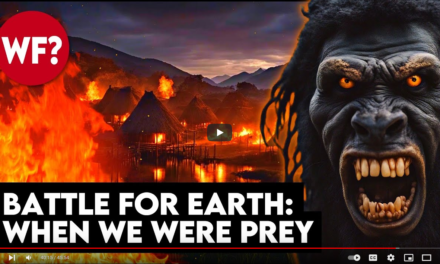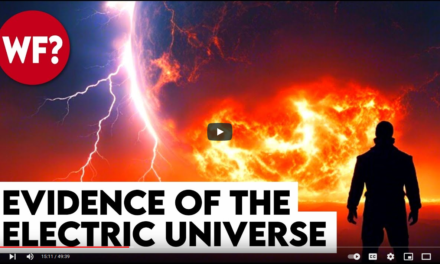In a recent eye-opening interview, Professor Gary Nolan, a researcher specializing in the immune system at Stanford University, delves into his experiences studying Unidentified Flying Objects (UFOs) and the profound impact of the US government’s acknowledgment of their reality. Let’s unravel the key insights Nolan shared and explore the implications of this disclosure.
The Stigma Surrounding UFO Sightings: Nolan highlights the common plight of those who have encountered UFOs, often facing dismissal and ostracization due to the perceived irrationality of their experiences. With the recent government admission, Nolan hopes this acknowledgment will pave the way for a more open-minded discussion, alleviating the stigma associated with UFO sightings.
UFOs and Disinformation: Intriguingly, Nolan touches upon the idea that the coverage of UFOs might be part of a disinformation campaign. He emphasizes that ignoring the implications of UFOs poses risks to society. Nolan points out that the physics behind these unidentified objects surpasses our current understanding, underscoring the need to unravel this mysterious phenomenon.
Potential Dangers and Serious Phenomena: Nolan shares his findings on the potential dangers associated with UFOs, suggesting that there might be a serious phenomenon occurring. This perspective adds an element of urgency to the ongoing discourse surrounding UFOs, urging a closer examination of their impact on our world.
UFOs and Nuclear Sites: Shifting focus, Professor Garry Nolan expands on his belief that the existence of extraterrestrial life is not only relevant but entirely possible. He suggests that any intelligent beings observing Earth would likely be intrigued by our capabilities, especially in the context of nuclear sites. Nolan introduces the idea of human perception manipulation as one aspect of the UFO phenomenon, adding another layer to the complexity of the subject.
Call for Collaborative Scientific Exploration: Nolan expresses the importance of scientists coming forward to collectively address the Unidentified Aerial Phenomena (UAP) problem. He believes that the spotlight should be on what is discovered rather than individual agendas. Nolan emphasizes the crucial role of science in determining the nature of these phenomena, underscoring the need for a collaborative and evidence-based approach.
Professor Gary Nolan’s insights into the world of UFOs provide a thought-provoking perspective on a subject often shrouded in skepticism. The government’s acknowledgment and Nolan’s call for open-minded scientific exploration mark a turning point in our understanding of UFOs. As we navigate this uncharted territory, the hope is that curiosity and collaboration will prevail, allowing us to unravel the mysteries that have lingered in the skies for so long.


















